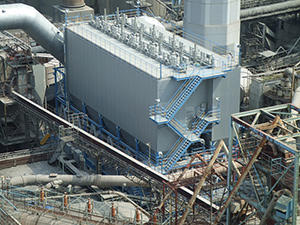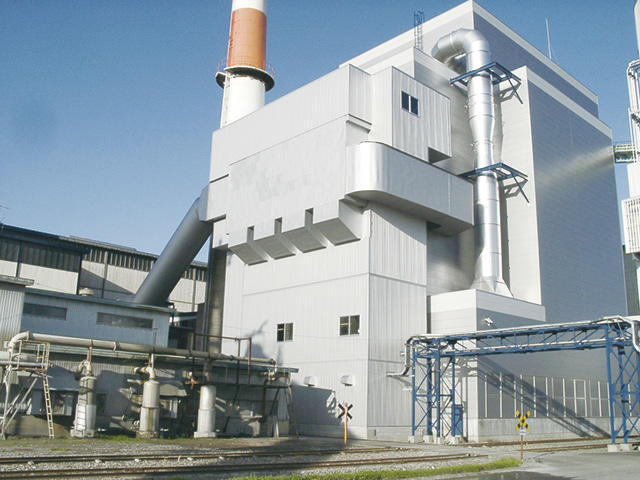Fabric filter

When using a fabric filter, it is important to plan the system and select a filter cloth that suits the properties of the treated gas and dust and soot. Utilizing our extensive experience and know-how, Mitsubishi Heavy Industries Power Environmental Solutions offers reliable fabric filters with sufficient dust collection performance based on our customers’ needs and the conditions of the plant system.
Types of fabric filters offered by our company

